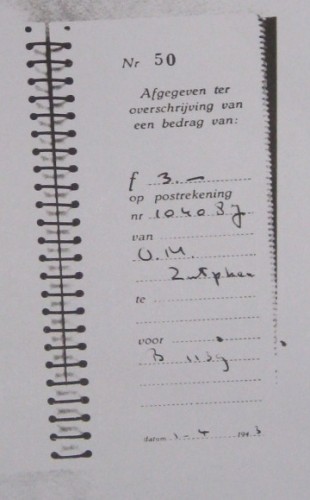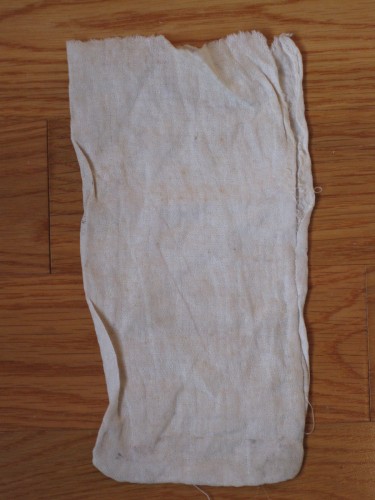Searching for the Dutch-Paris Escape Line
Better to be Caught as a Smuggler
One of the difficulties with illegal border crossing during the war was that you had to carry two sets of ID with you, one for each side. It was incriminating, to say the least, to be caught with both Dutch and Belgian papers at the border.
Different people had different approaches to the problem. You could, of course, carry only one set of papers and spin a good yarn about why you were on the other side of the border. This worked best if you had family on both sides and could reasonably claim to have innocent reasons to be visiting relatives.
You could also carry some minor contraband item, such as a pound of butter, that would distract a customs agent from further investigations. There might be some unpleasantnessinvolving a night in jail or a fine, but it would be minor compared to the consequences of what you were really up to.
Or you could hide the other set of documents. Of course this could lead to some awkward fumbling while switching papers, and a thorough search would discover them. But you’d have Belgian papers in Brussels and Dutch papers in Amsterdam, which made traveling easier.
The question was, where to hide them. One man whom I have the great honor to know took a simple approach to the problem: he made a false pocket. Now my friend did not want to incriminate his parents in any way and so preferred to keep his need for a false pocket secret from his family. But he came from a respectable, bourgeois family where boys were not usually taught to sew. Nevertheless he sewed it himself, using the skills he’d learned in boy scouts.
Fortunately, he’d sewed it in a good place because when a border guard patted him down, he stopped at the end of the regular pants pockets, just short of the secret pocket. If the guard had continued down my friend’s leg, he would certainly have found the false papers, which would have been very unpleasant indeed.
- Tags: aliases, Border Crossings




Leave a reply